 Posted Apr 1, 2012, 9:07 PM
Posted Apr 1, 2012, 9:07 PM
|
|
Registered User
|
|
Join Date: Sep 2005
Posts: 566
|
|
|
The best of Queens: Part 11 Forrest Hills, Kew Gardens
Now were heading into the center of the borough
Forrest Hills is an upper-middle class neighborhood in central Queens, home to a large, mostly reformed Jewish community. The neighborhood was founded at the turn of the 20th century and originally planned for adequate, low income housing for New York’s growing working class. This development took place north of Queens Boulevard which bisects the community. The south side of the boulevard was designed and developed around World War One by a renowned architect of the time named Grosevnor Atterbury. Forrest Hills was one of quite a few garden communities being developed in Queens during this time. It is characterized by Tudor-style homes and spacious, leafy streets. It has a surprisingly quiet atmosphere, being so close to the popular, Austin street and the neighborhoods Tudor style train station. The area is privately owned but open to car and foot traffic. The cottage style community evokes a quaint early 20th century English village, smack dab in the center of the city. The area is easily accessible by subway, rail, bus and car and is one of the most desirable locations of any of the outer-boroughs. During the later half of the 20th century various Jewish sects moved into the region though unlike other heavily dominated jewish areas the community has assimilated and does not shun outsiders who flock to the commercial heart of the neighborhood, Austin Street. This artery of Kew Gardens/Forrest Hills is lined with independently owned boutiques, chain stores, café’s, bars, restaurants and specialty stores. It is a popular destination to locals and a gem unknown to tourists.

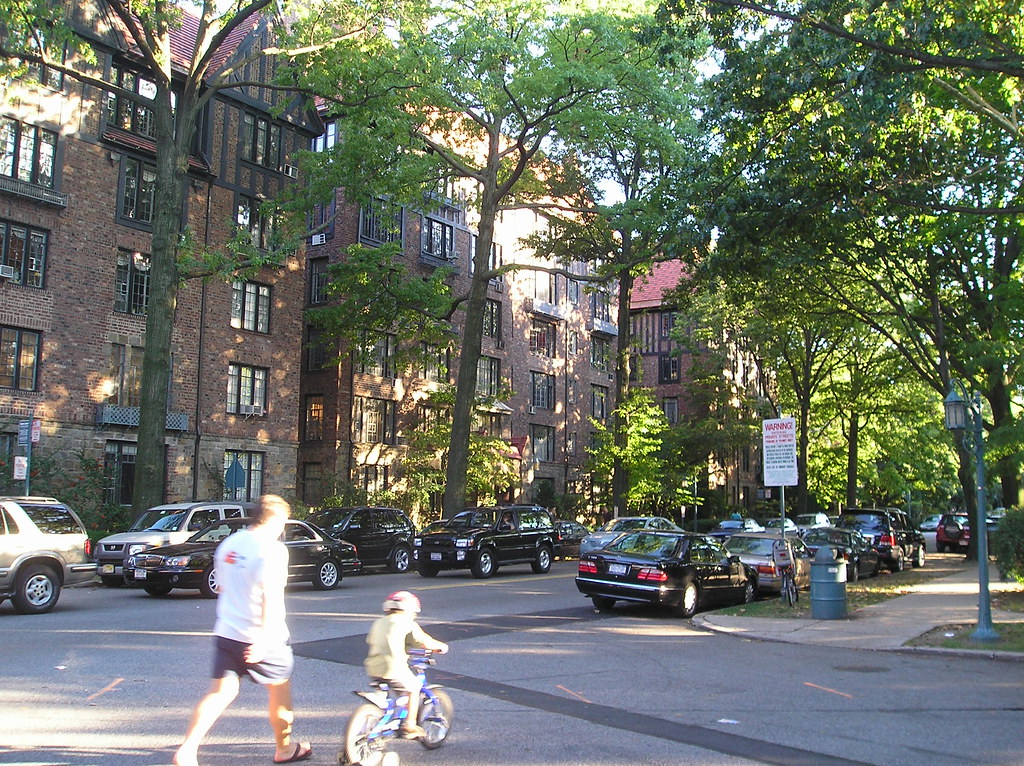
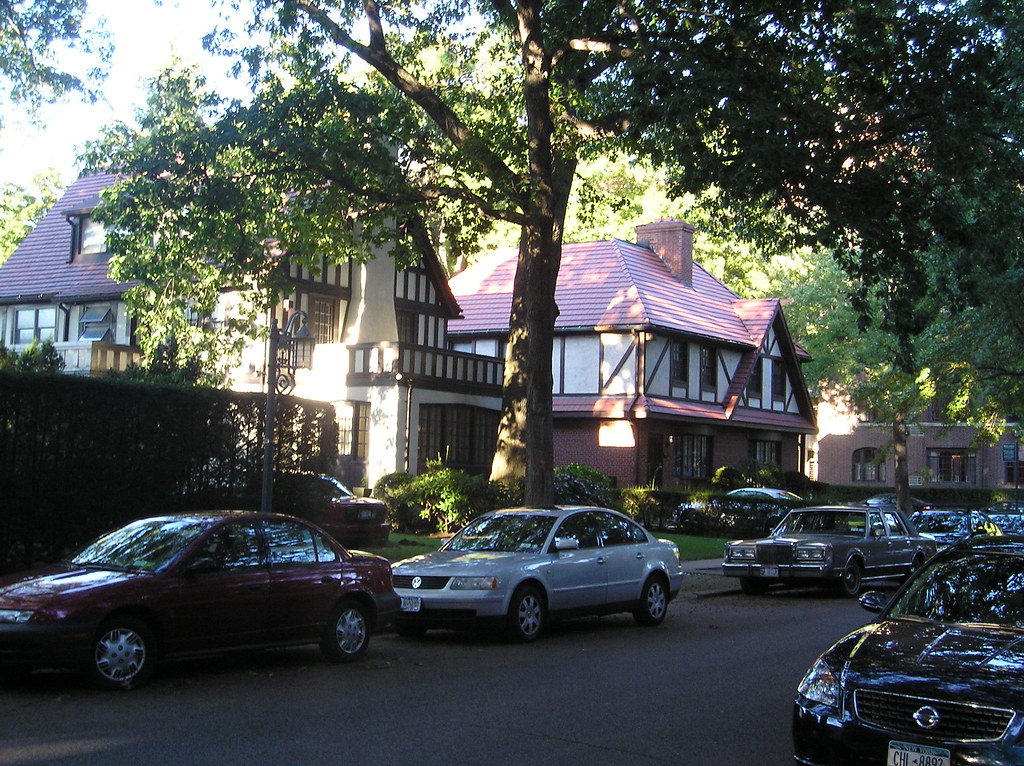
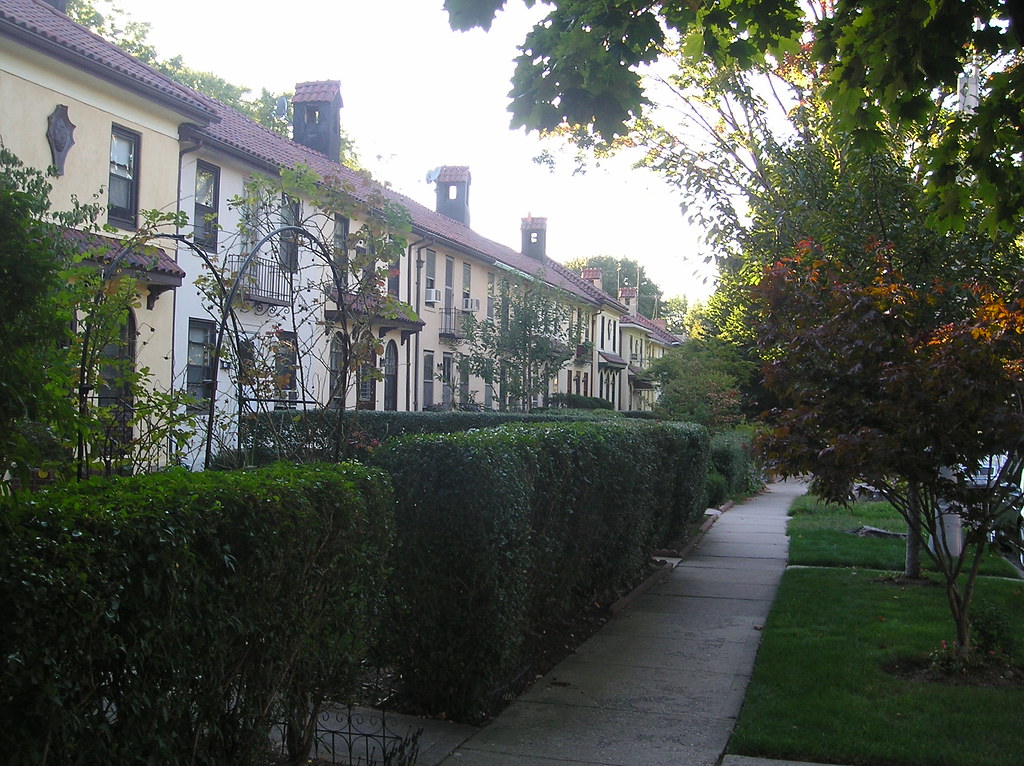
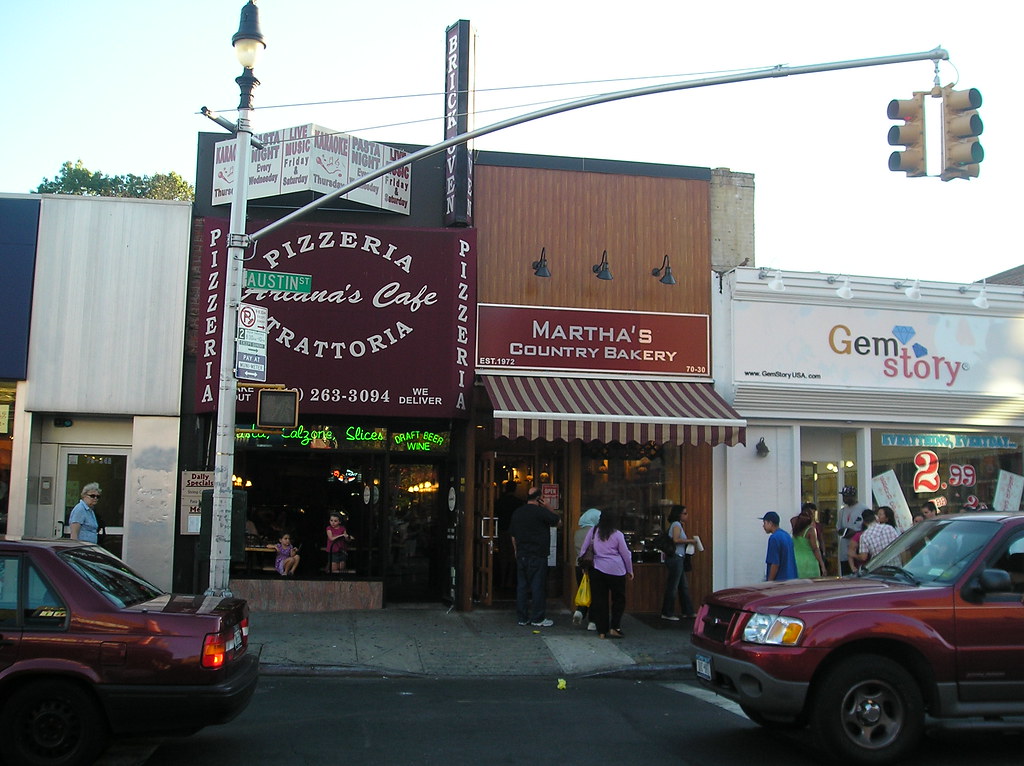


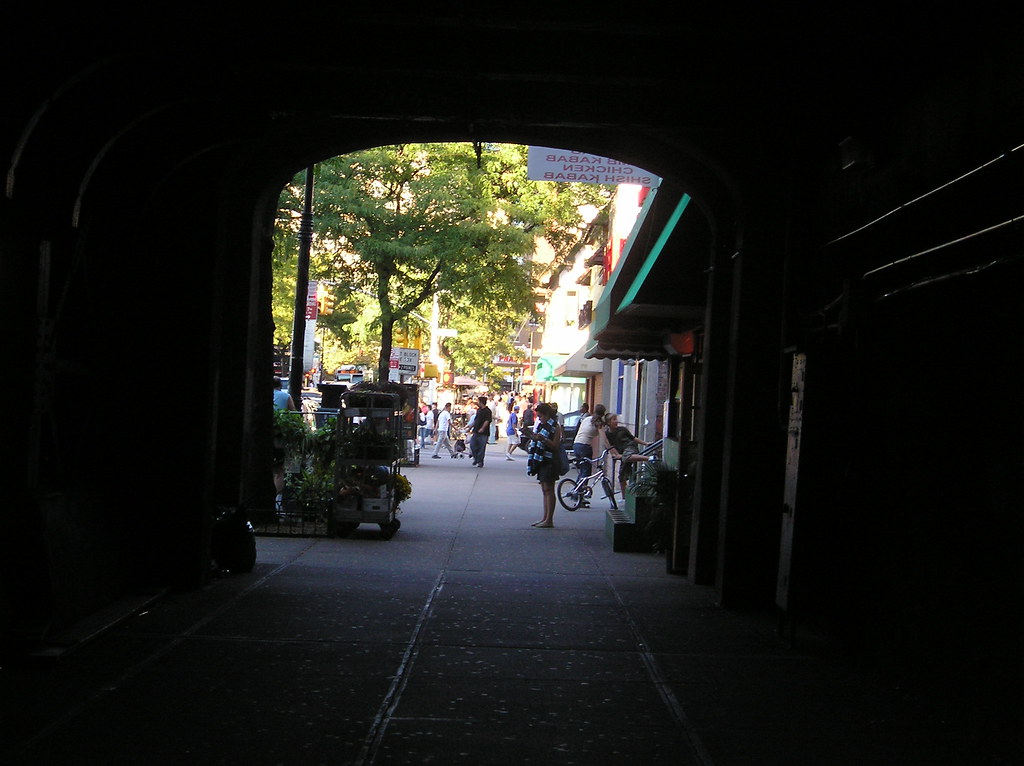

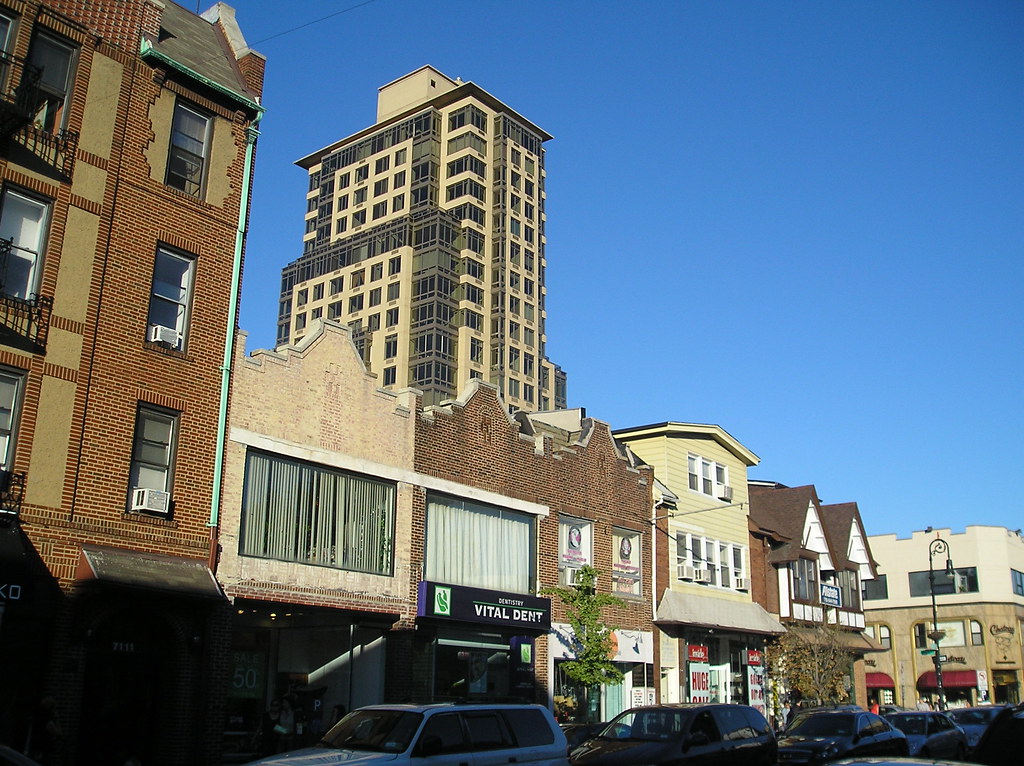
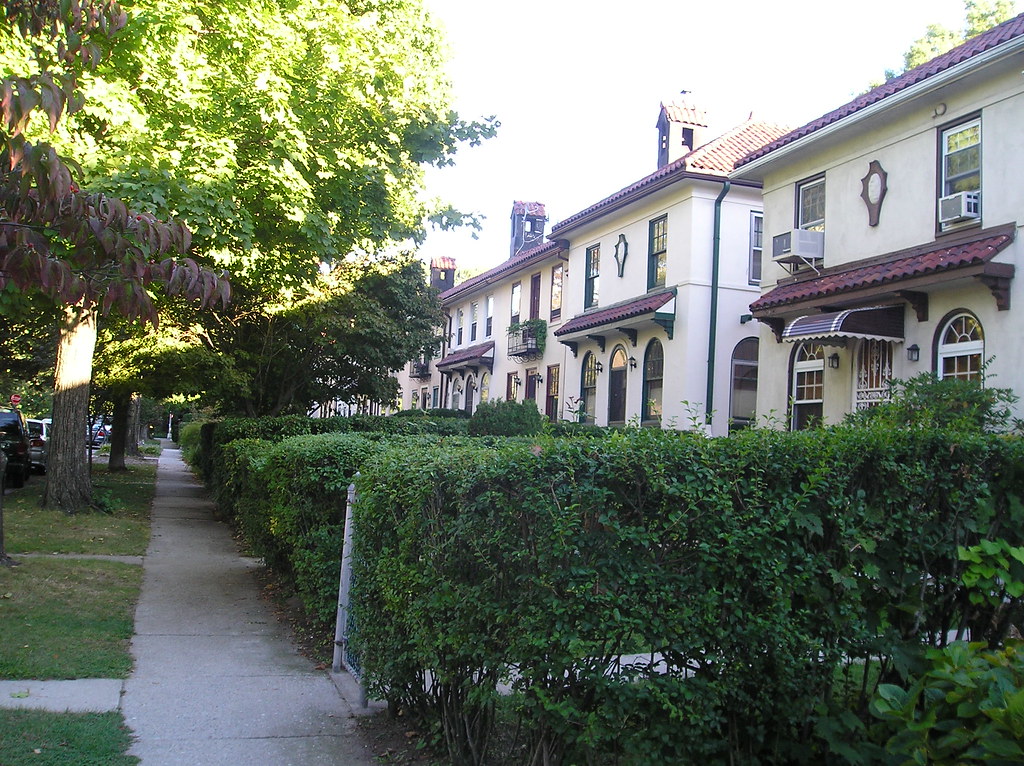
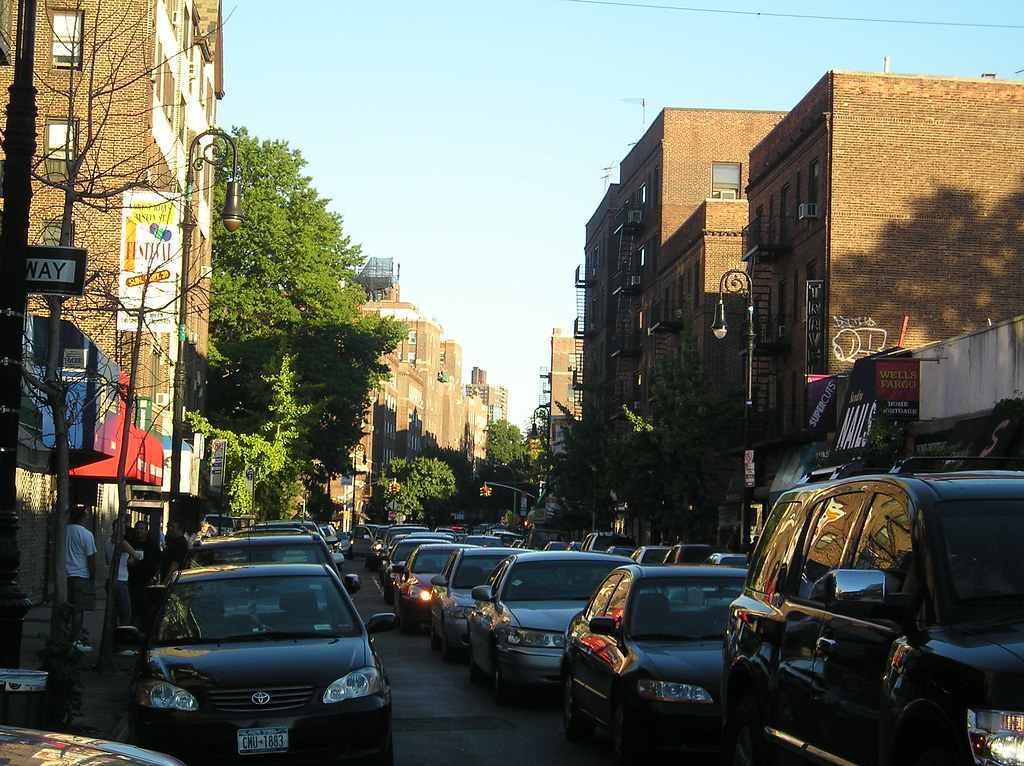
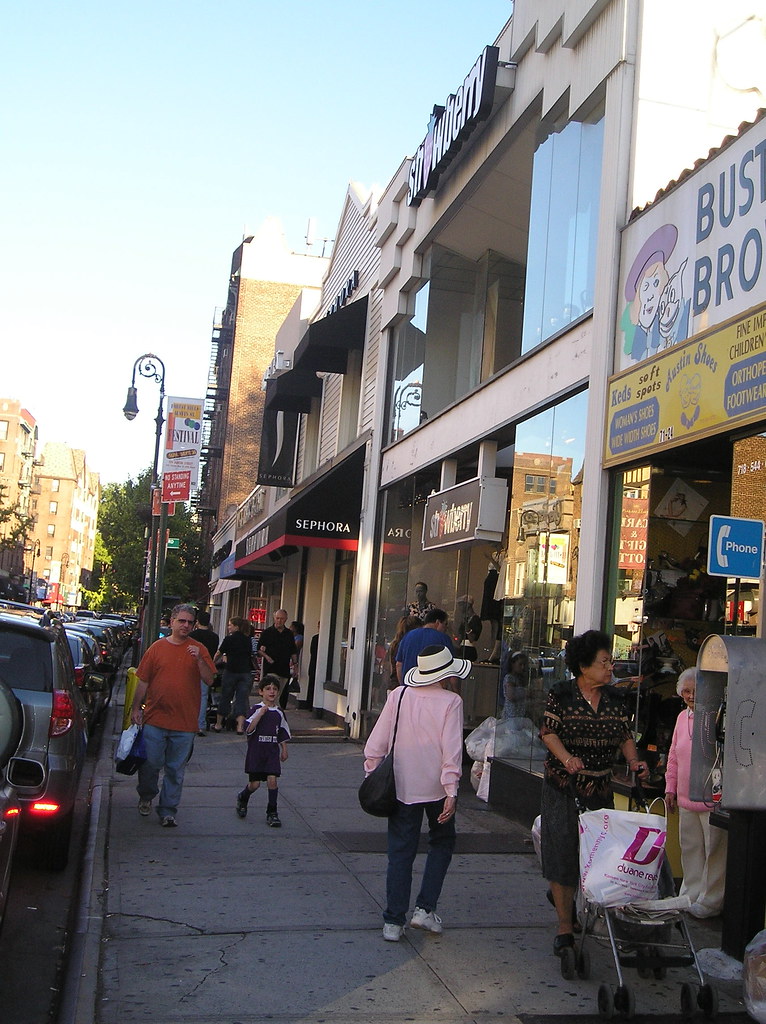
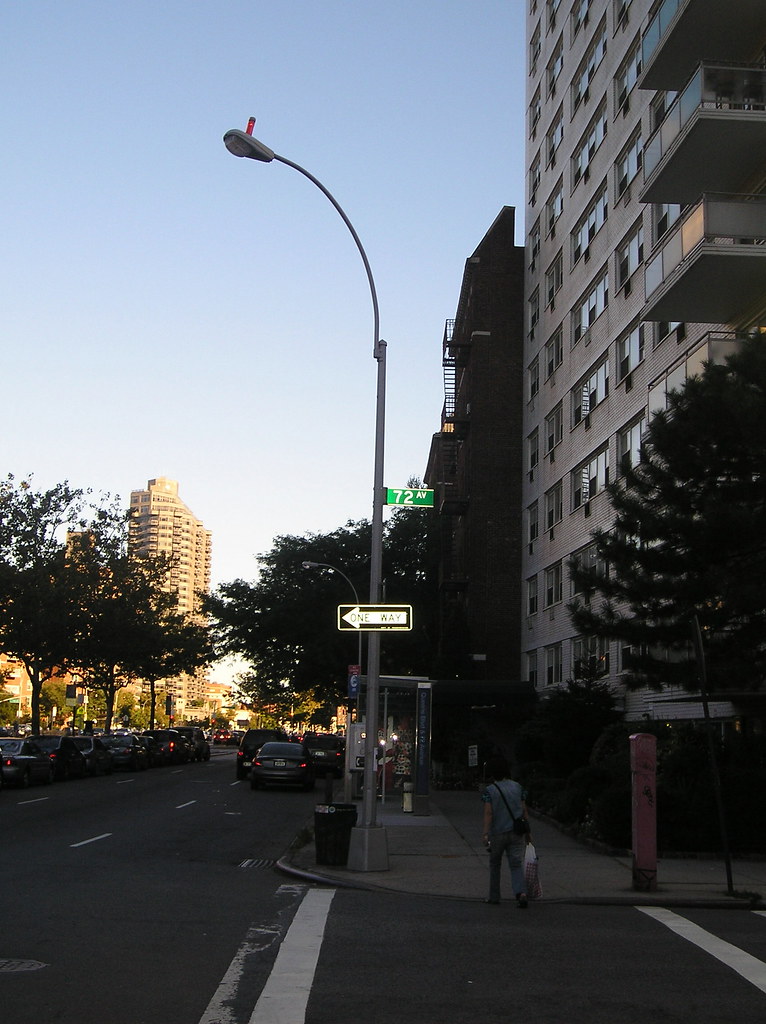

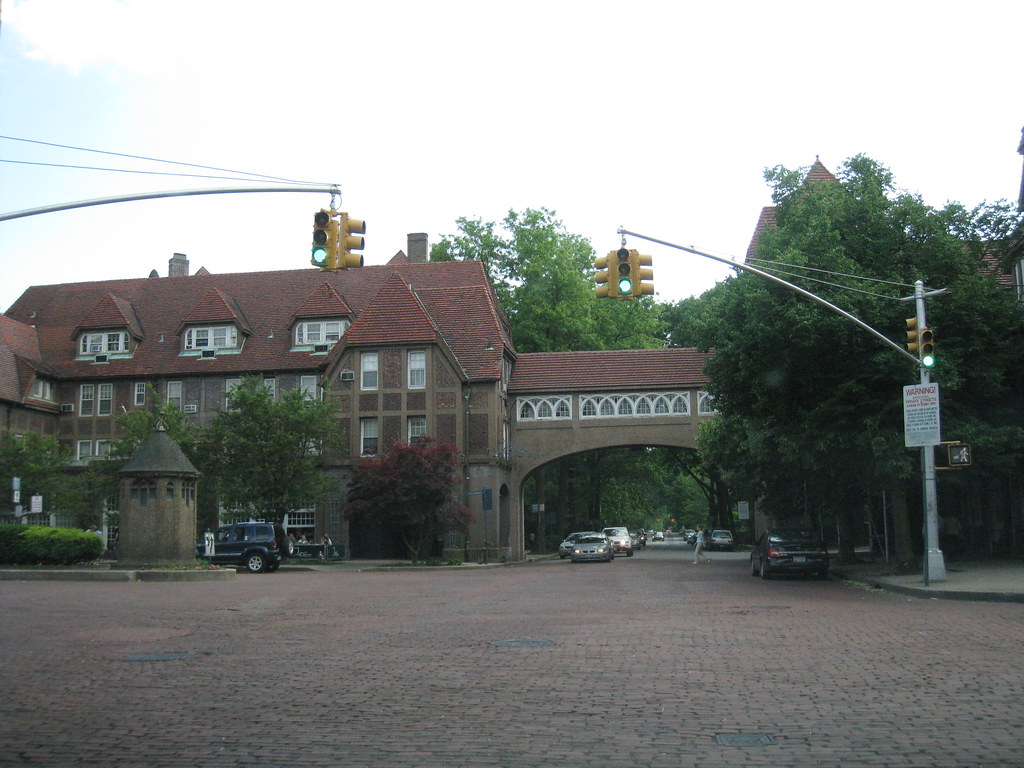
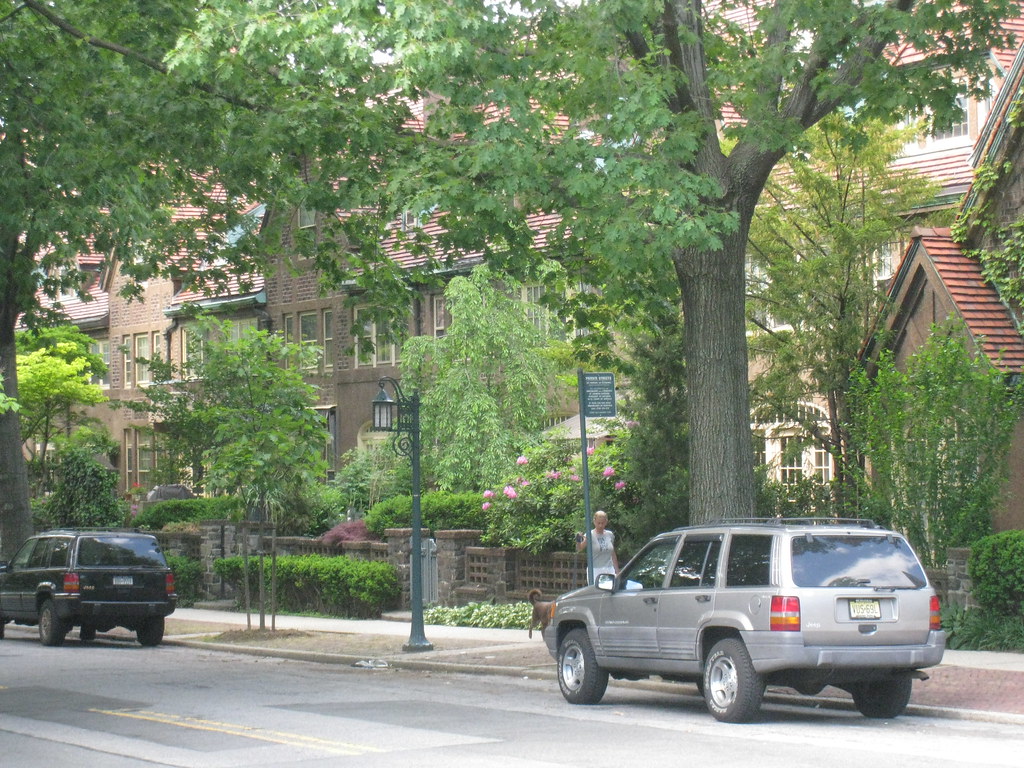

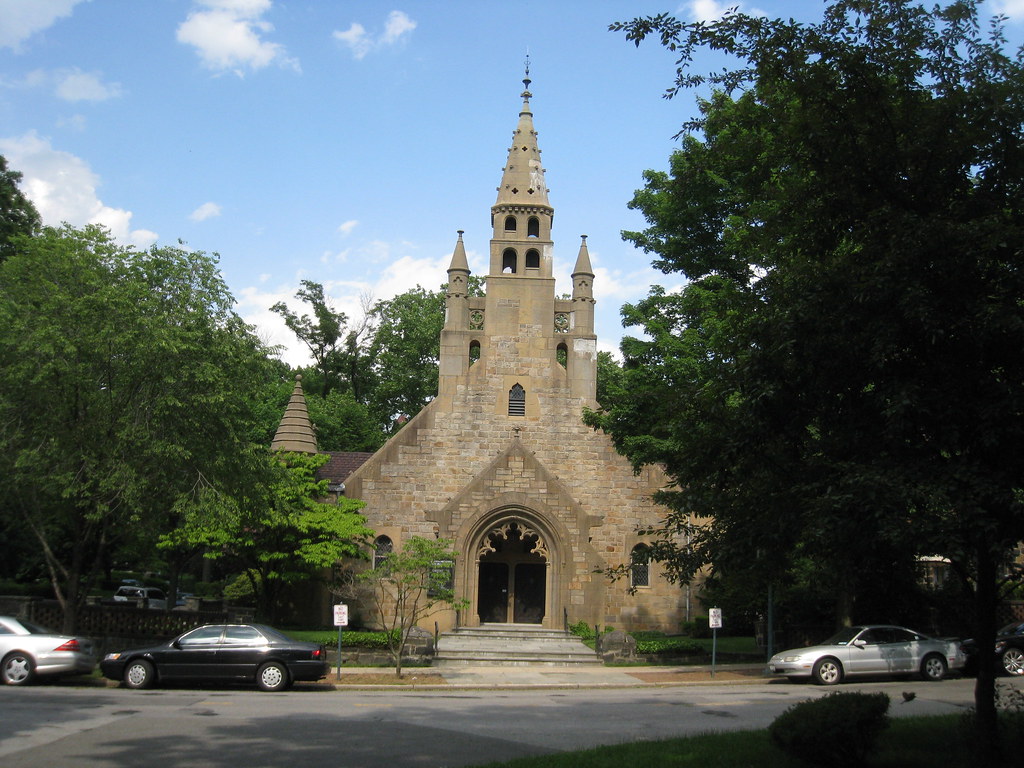
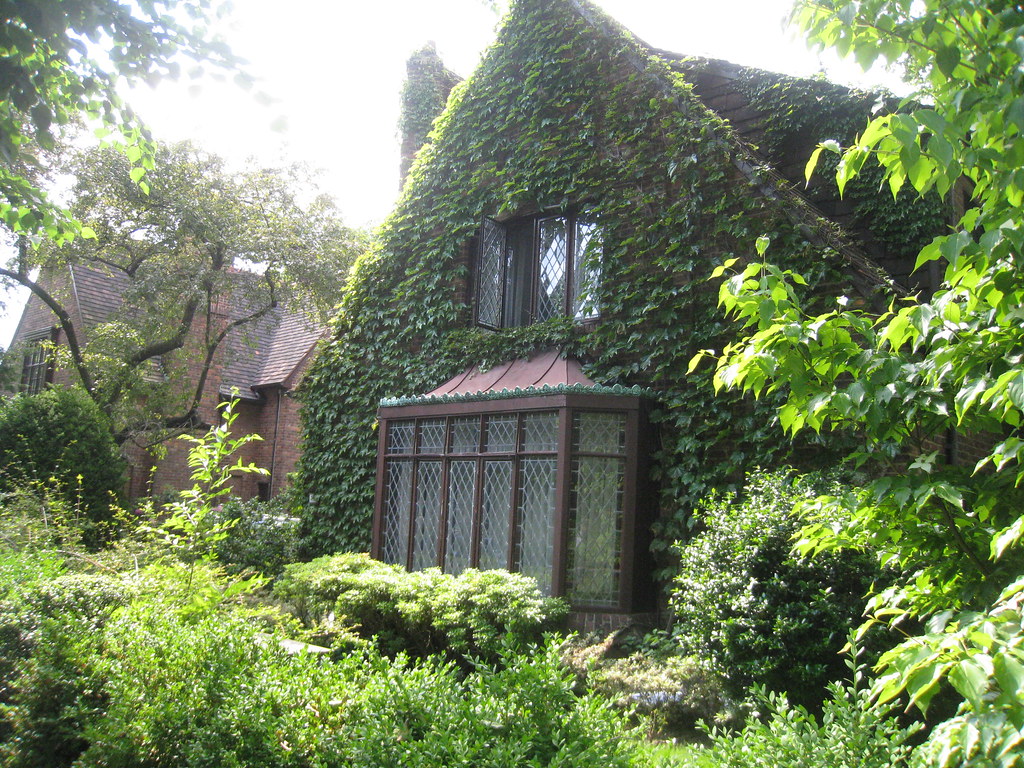

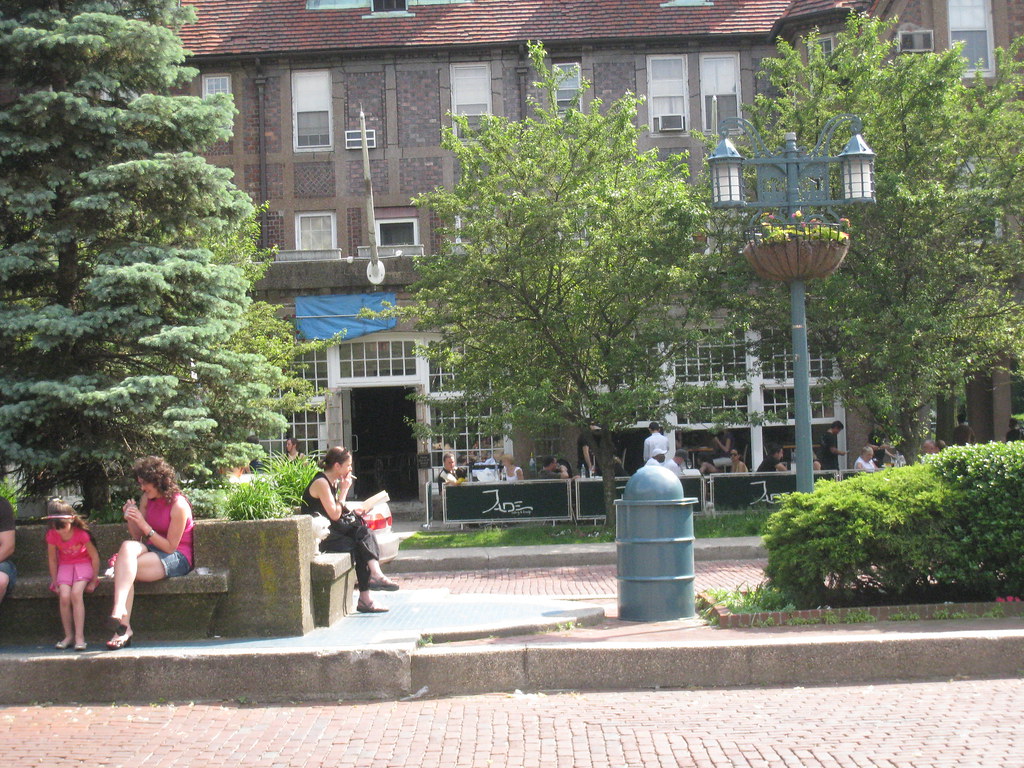



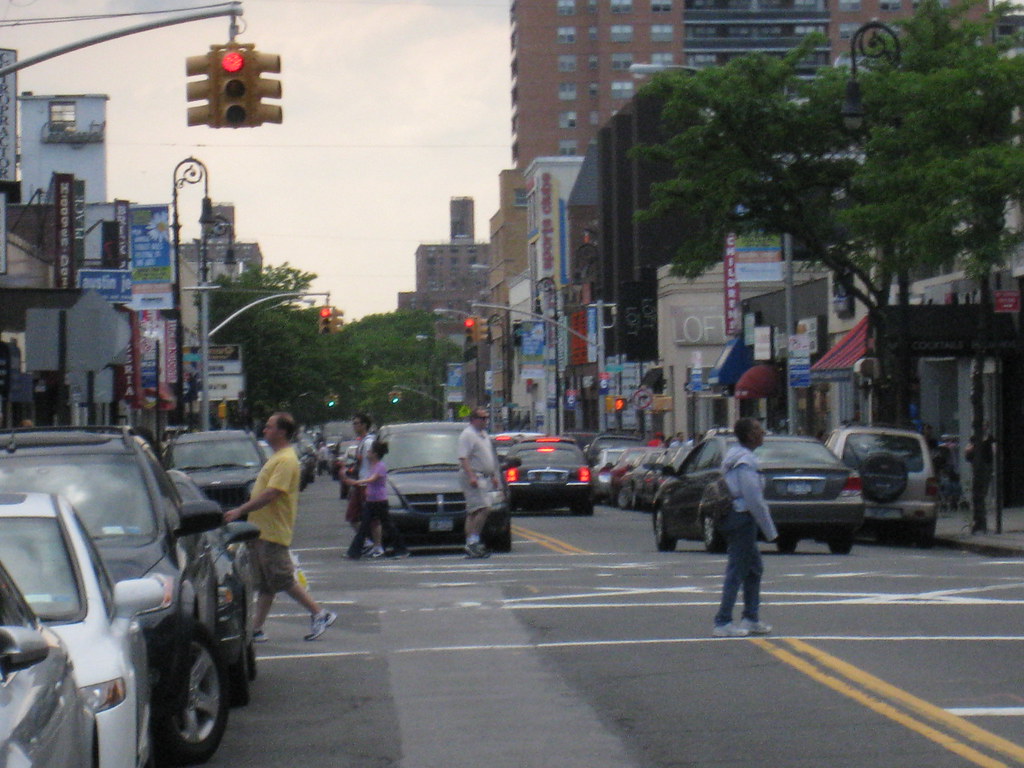
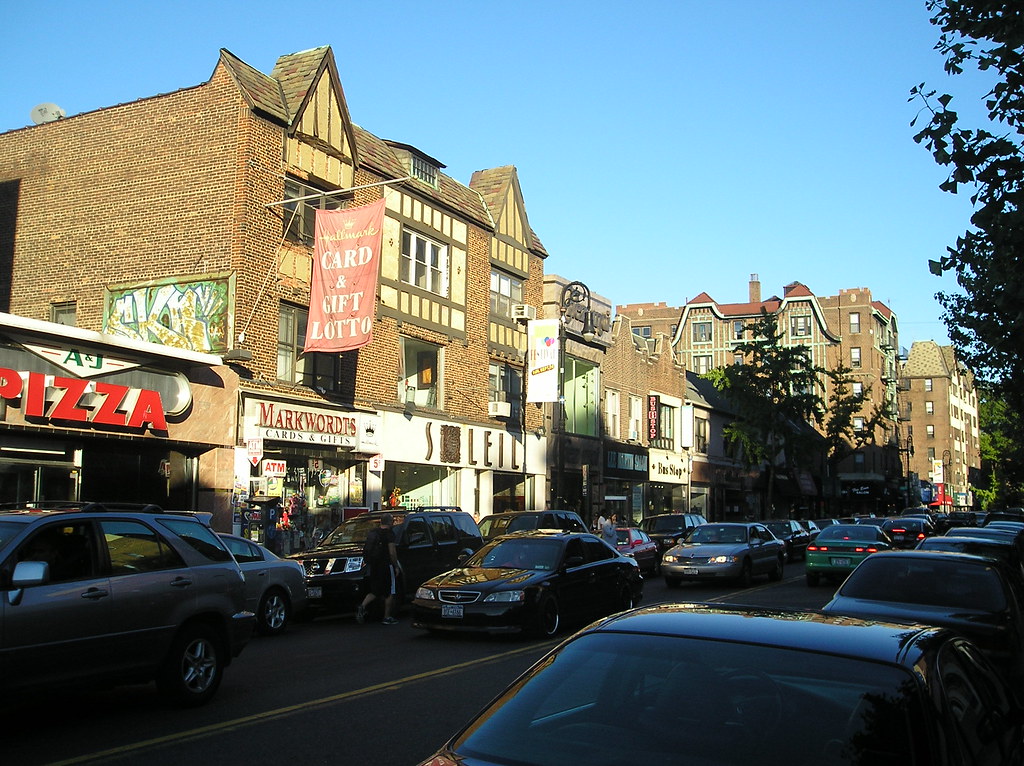

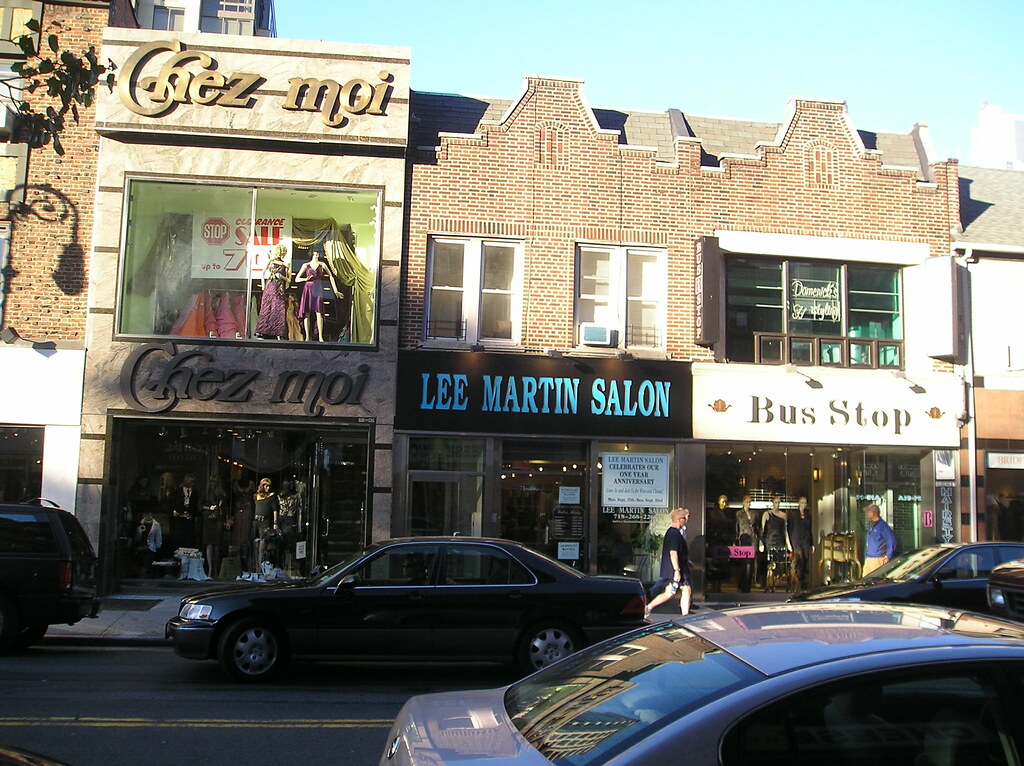

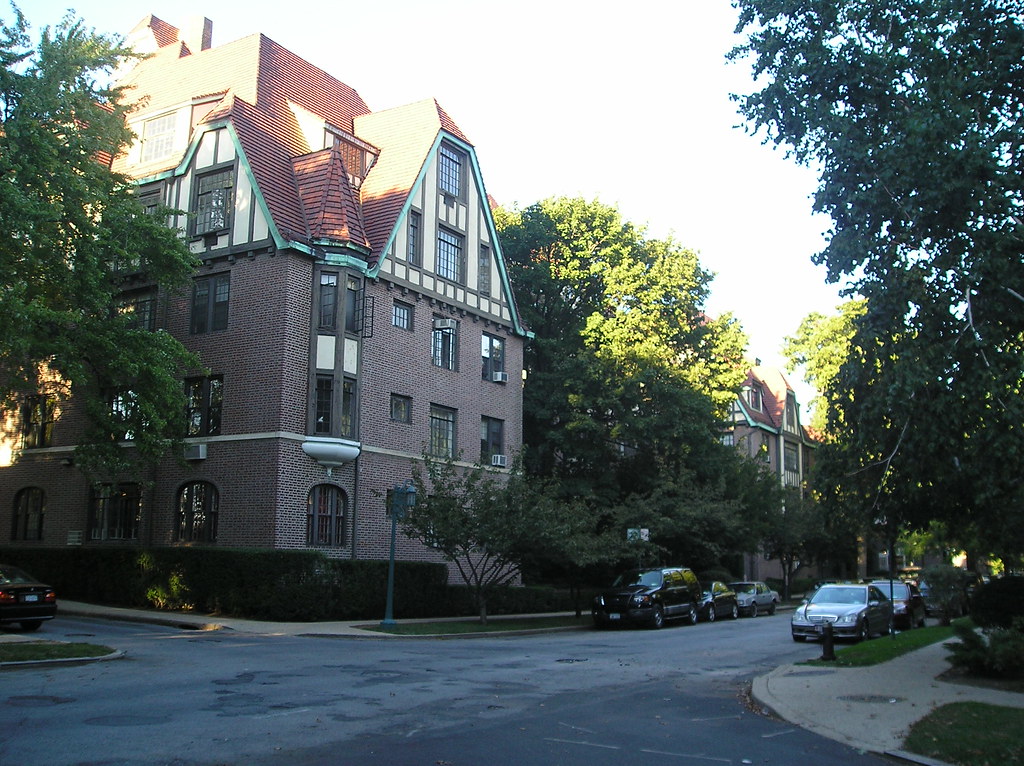
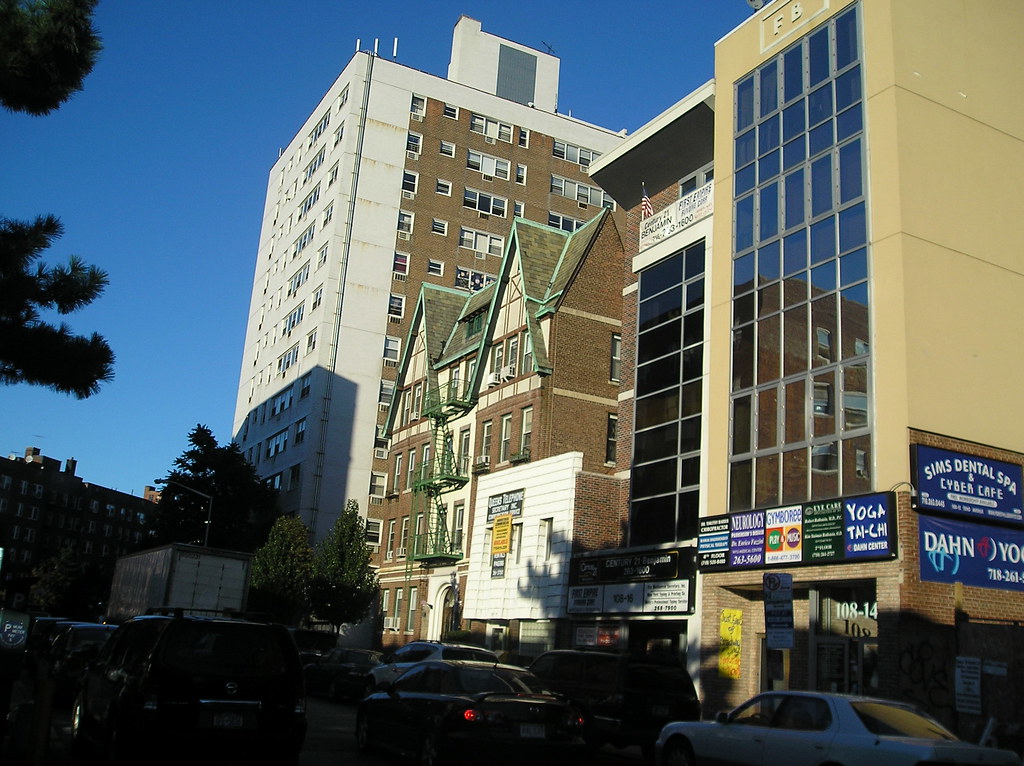
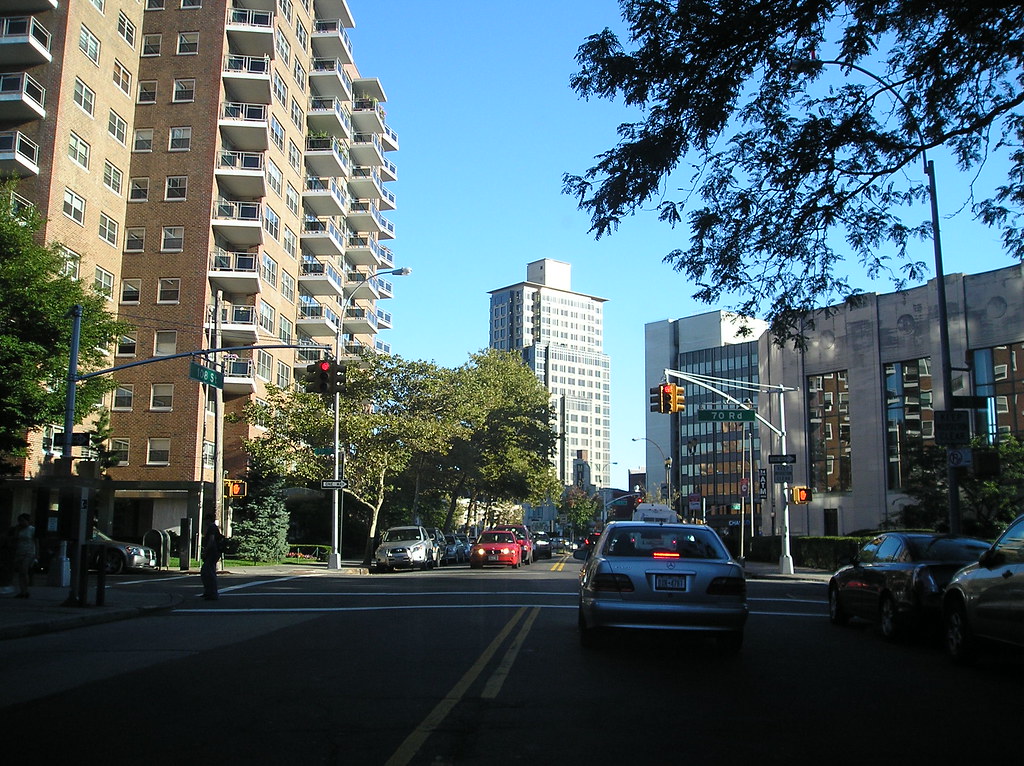
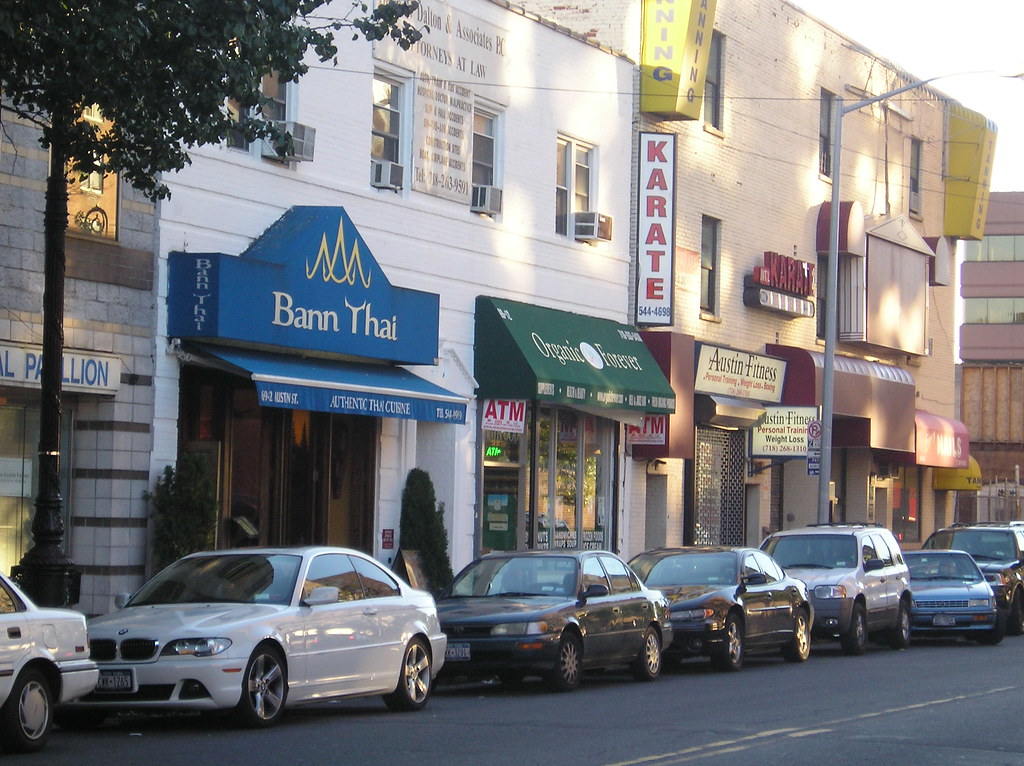 Kew Gardens is a garden community in central Queens. The area where the neighborhood exists today was owned by the Man family and undeveloped up until the late 19th century when the Maple Grove Cemetary opened and a rail station was built for mourners. In the last years of the century the Queensbridge Golf course was built in the hills south of the station. The course was abandoned nearly 20 years later when the rail road moved its tracks several hundred feet, bisecting the course. The
Kew Gardens is a garden community in central Queens. The area where the neighborhood exists today was owned by the Man family and undeveloped up until the late 19th century when the Maple Grove Cemetary opened and a rail station was built for mourners. In the last years of the century the Queensbridge Golf course was built in the hills south of the station. The course was abandoned nearly 20 years later when the rail road moved its tracks several hundred feet, bisecting the course. The
Mans decided to develop a community on the land the gold course had stood and named their new community Kew Gardens after a botanical garden in England. Over the next couple of years the streets expanded and hilly land graded to make way for future developments. By 1920 several new apartment buildings and businesses popped up. Large and elegant single family homes were built in a boom for the next decade. During the 1930’s the last piece of vacant land in the neighborhood was developed. During and after World War two, Jewish refugees fleeing Europe settled in the neighborhood and their presence still dominates today. By the 1960’s the area became popular for Chinese-Americans and after the Iranian revolution in 1979, Iranian Jews made Kew Gardens their home. During the last decades of the 20th century immigrants from Pakistan, Israel, the former Soviet Union and China moved into the community. There are several restaurants and small business reflecting the diversity of the area—even an Uzbek diner.
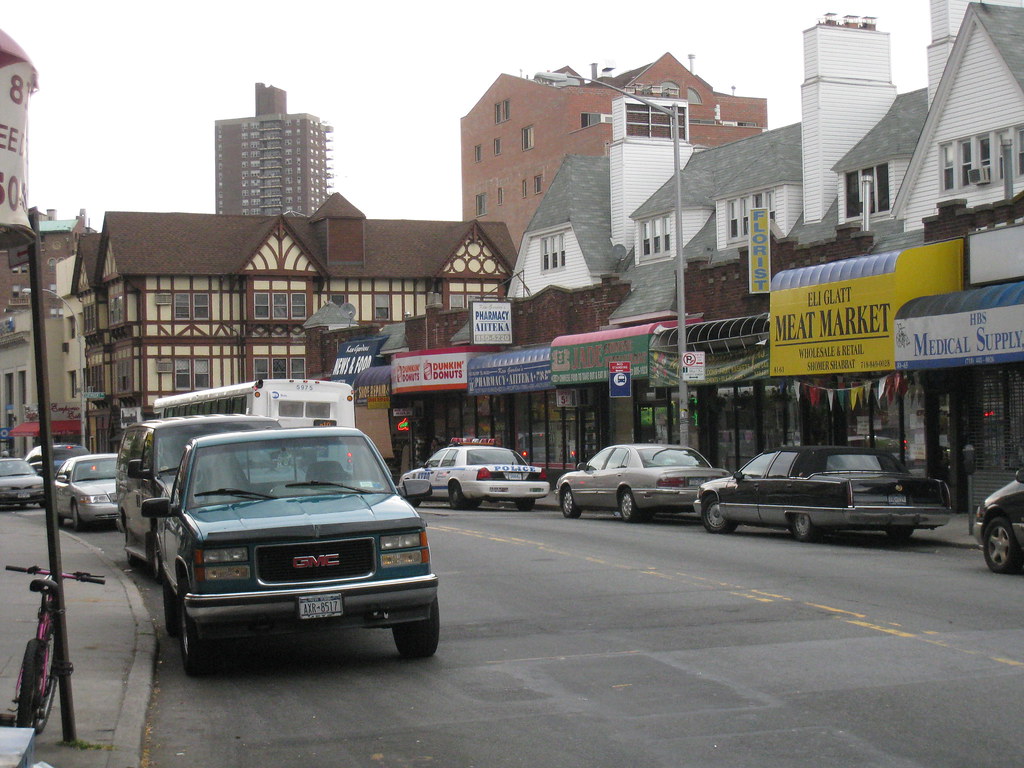
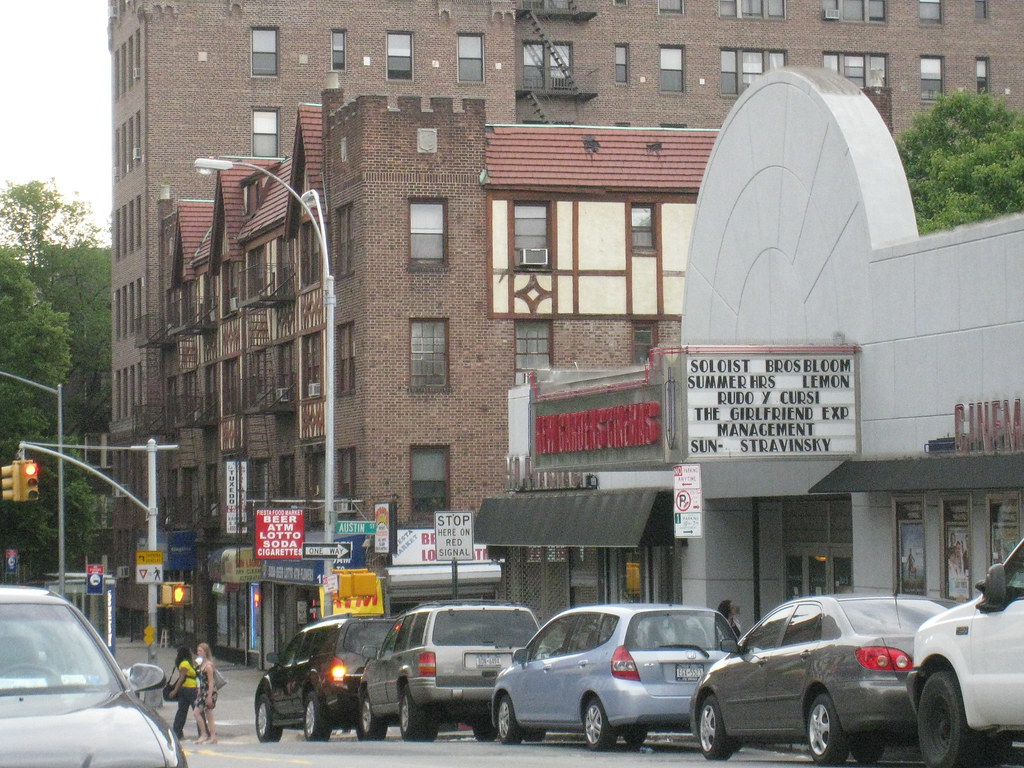
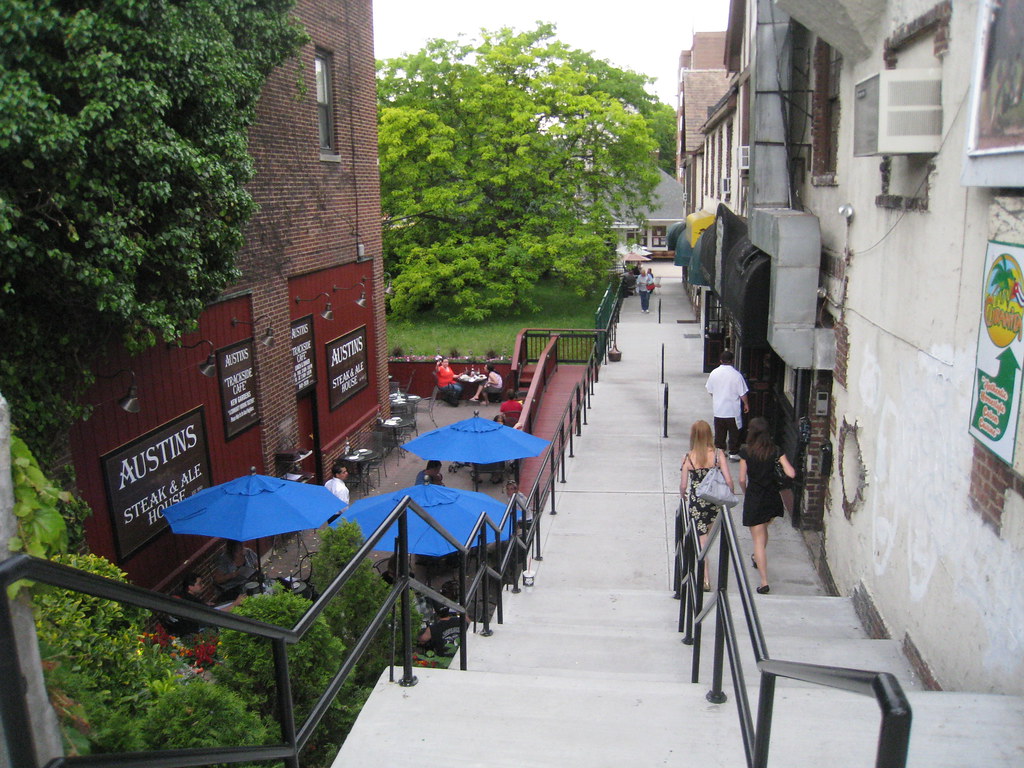
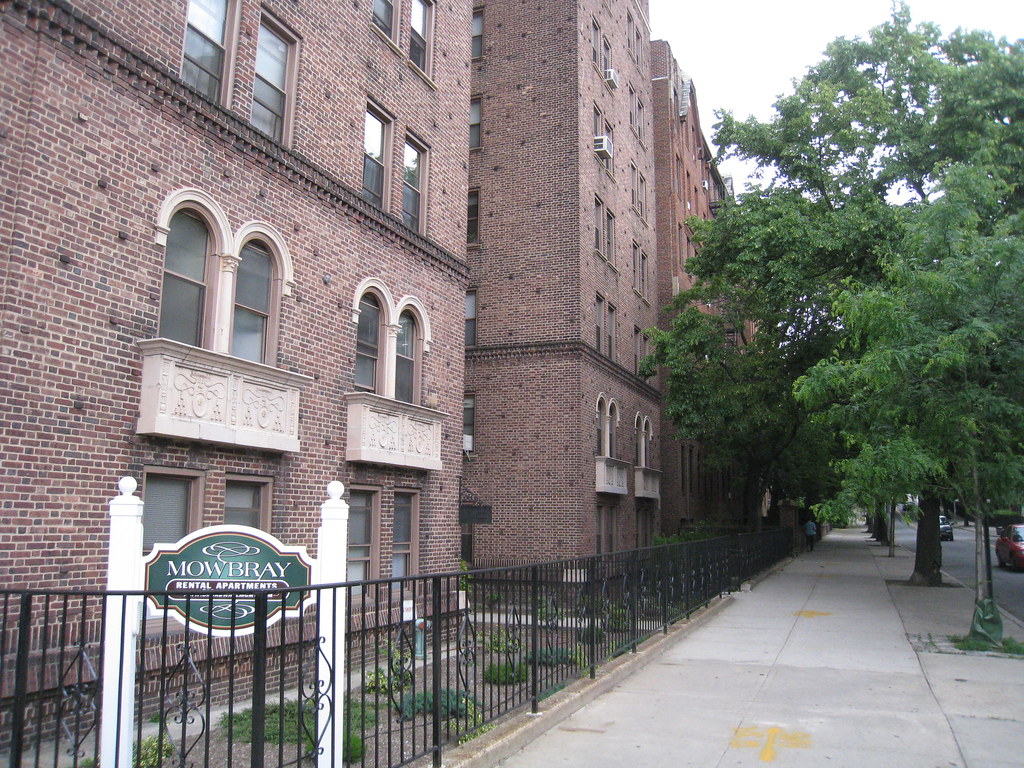
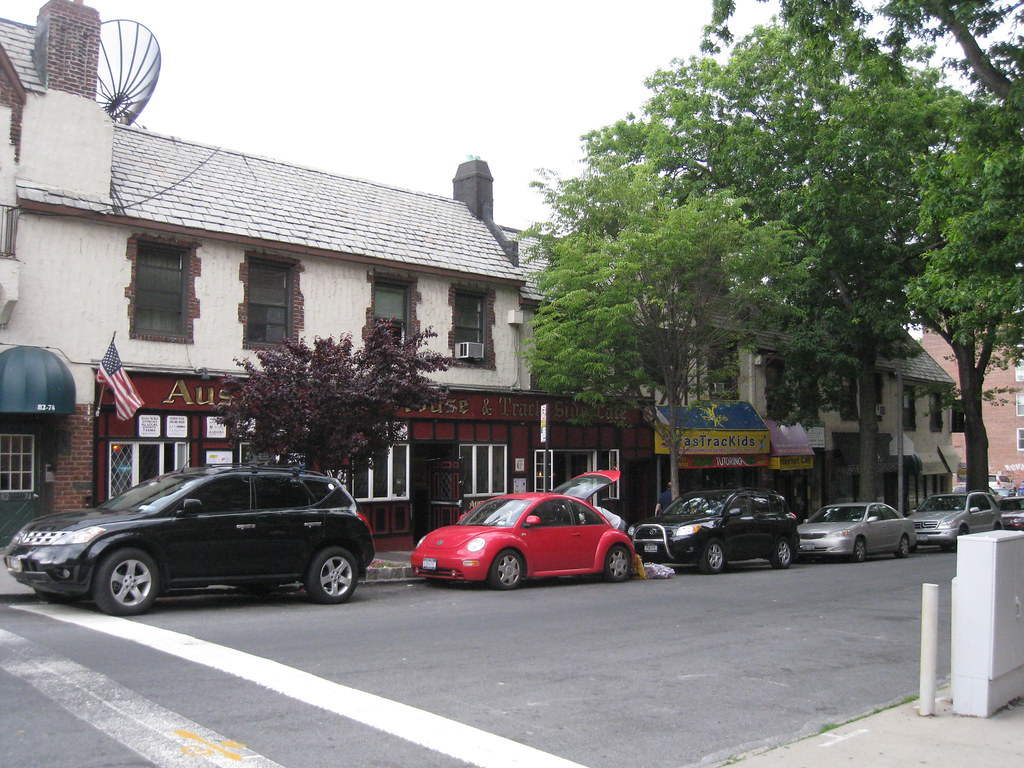
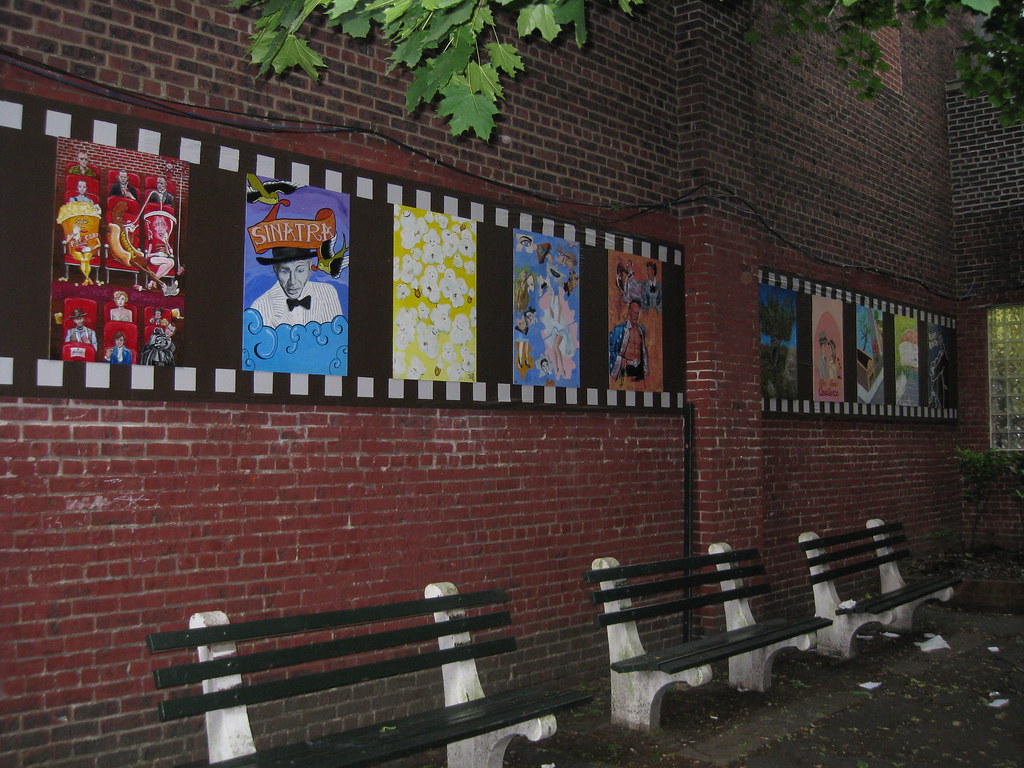
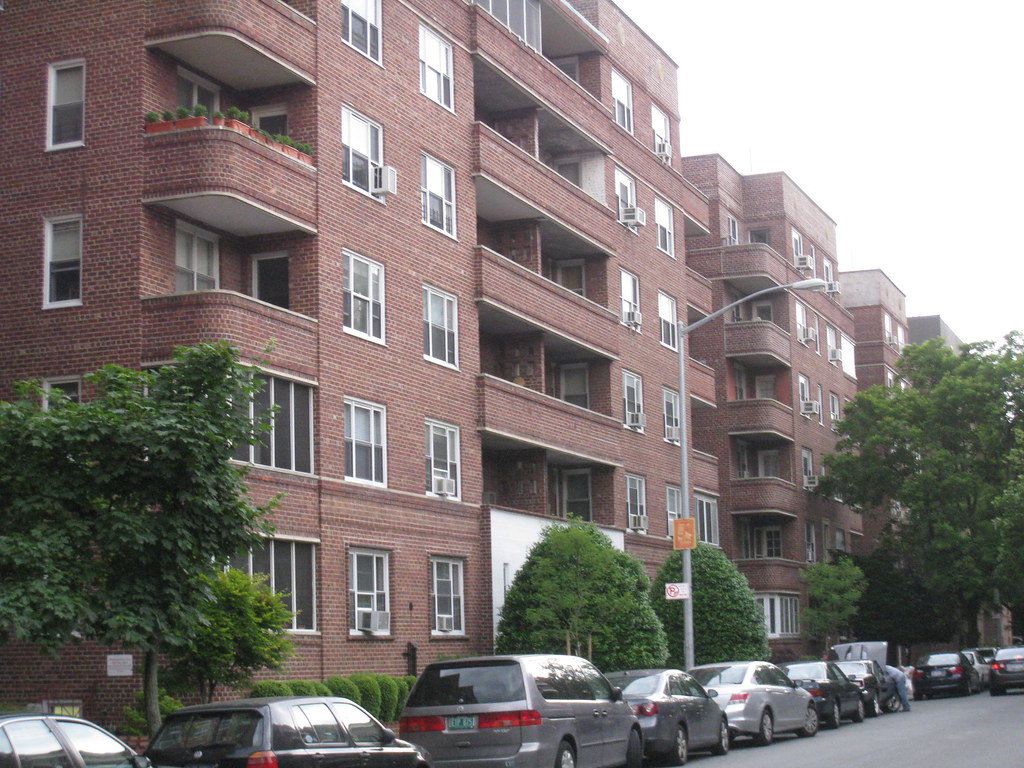
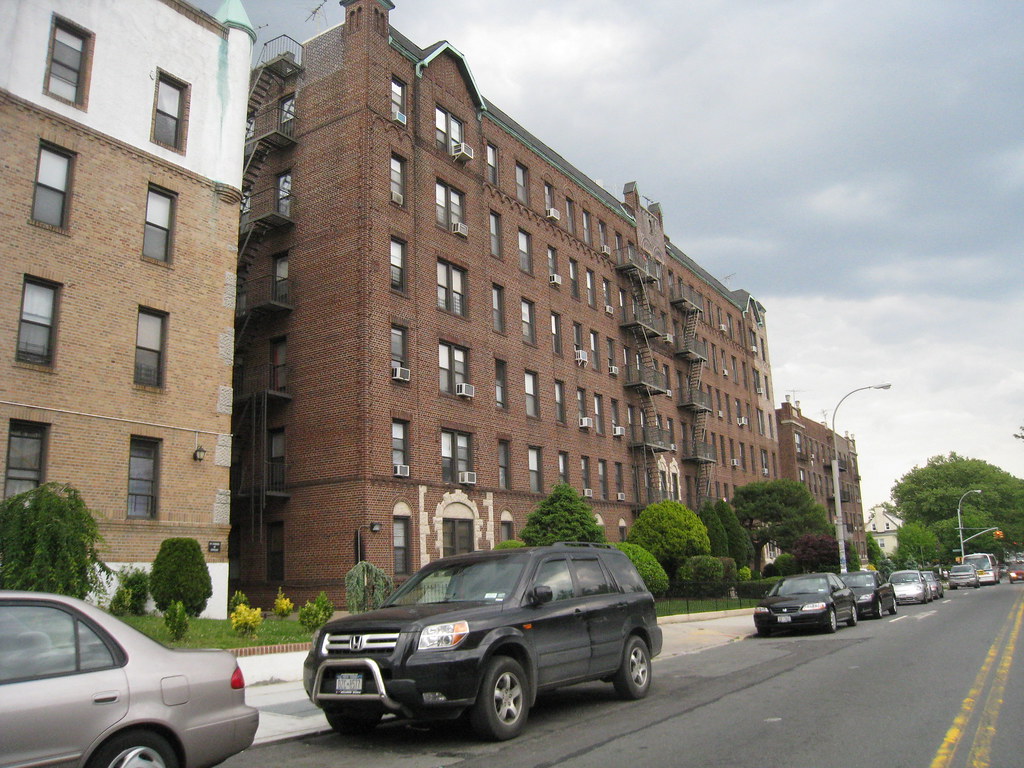
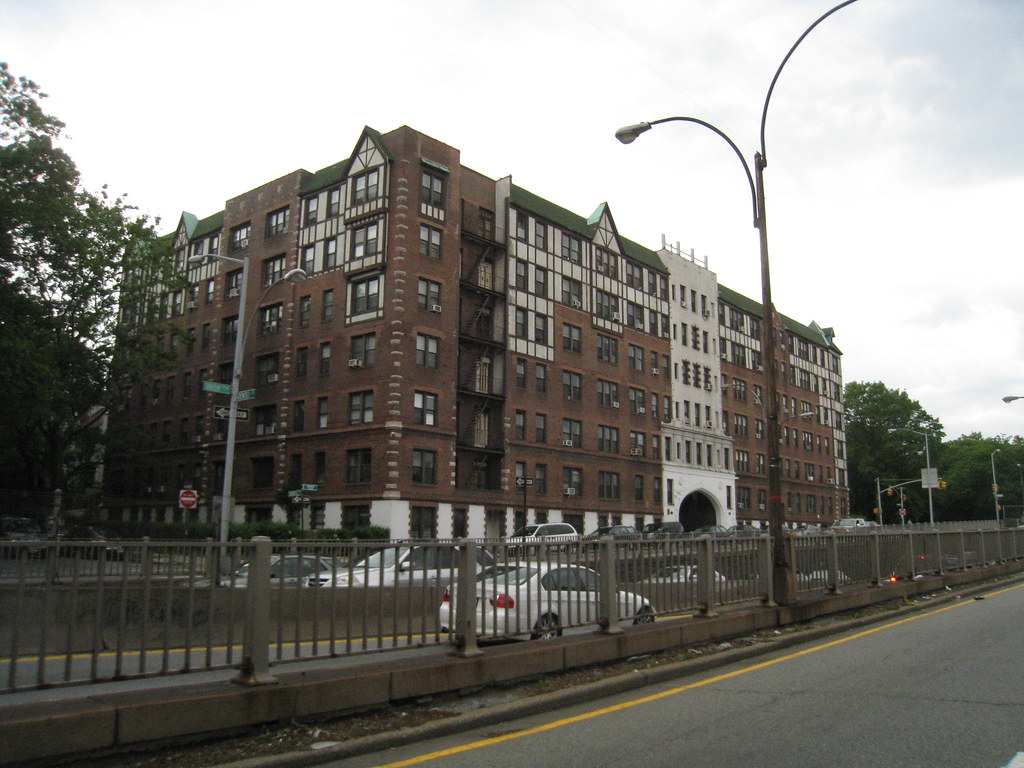
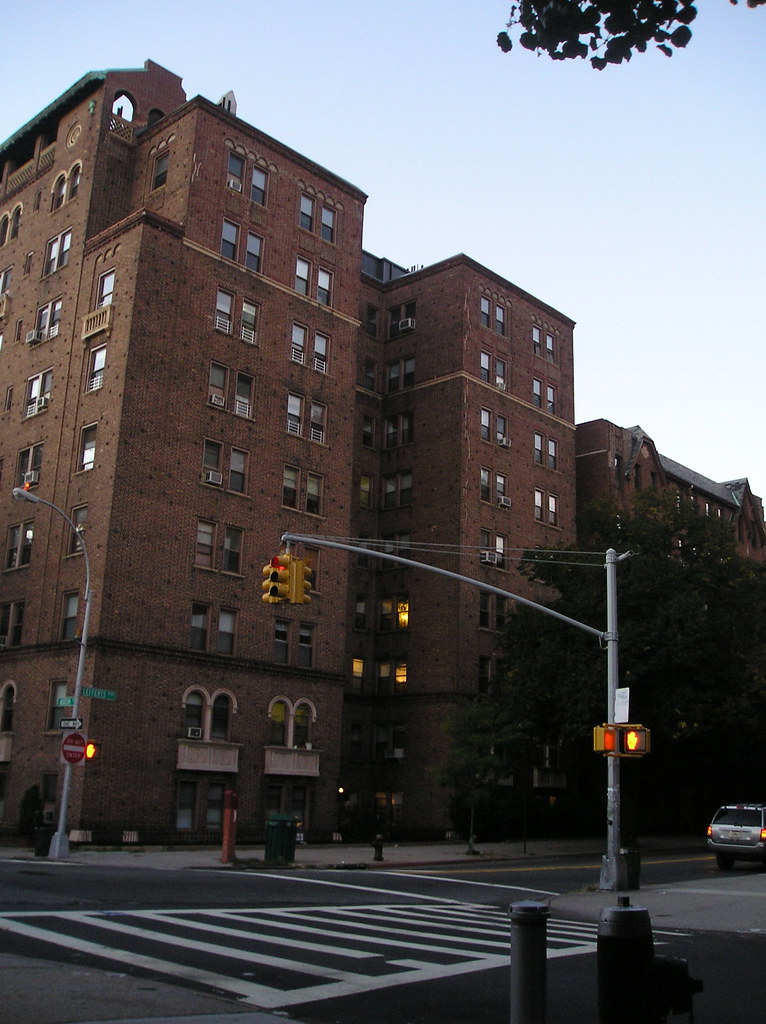
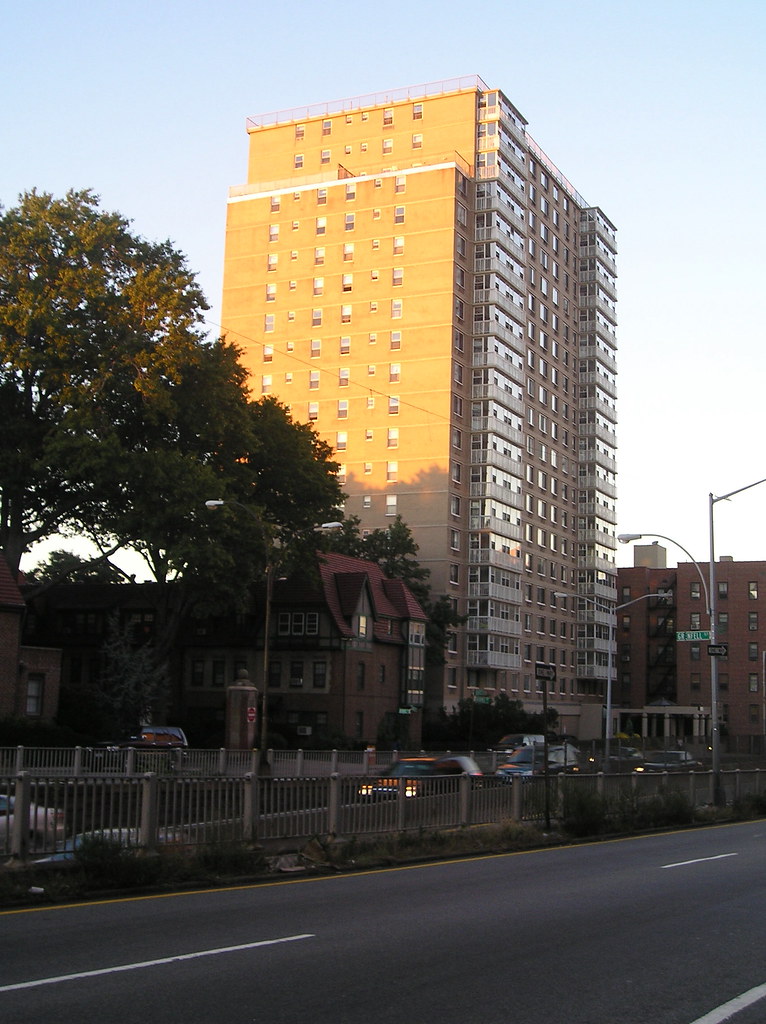
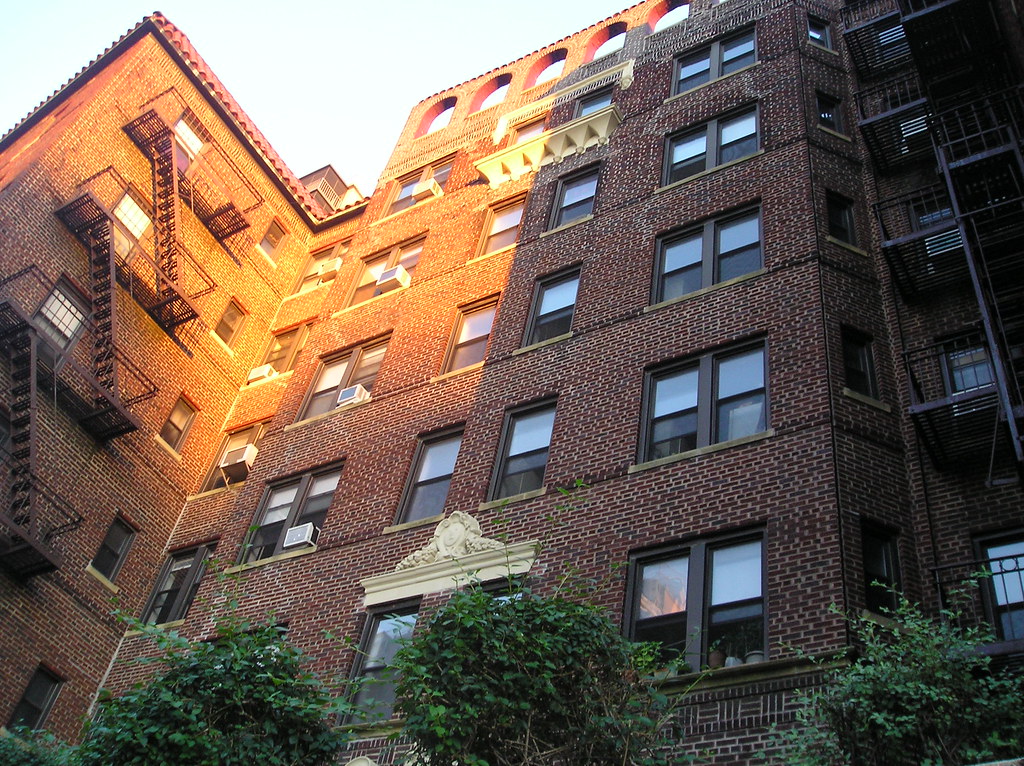
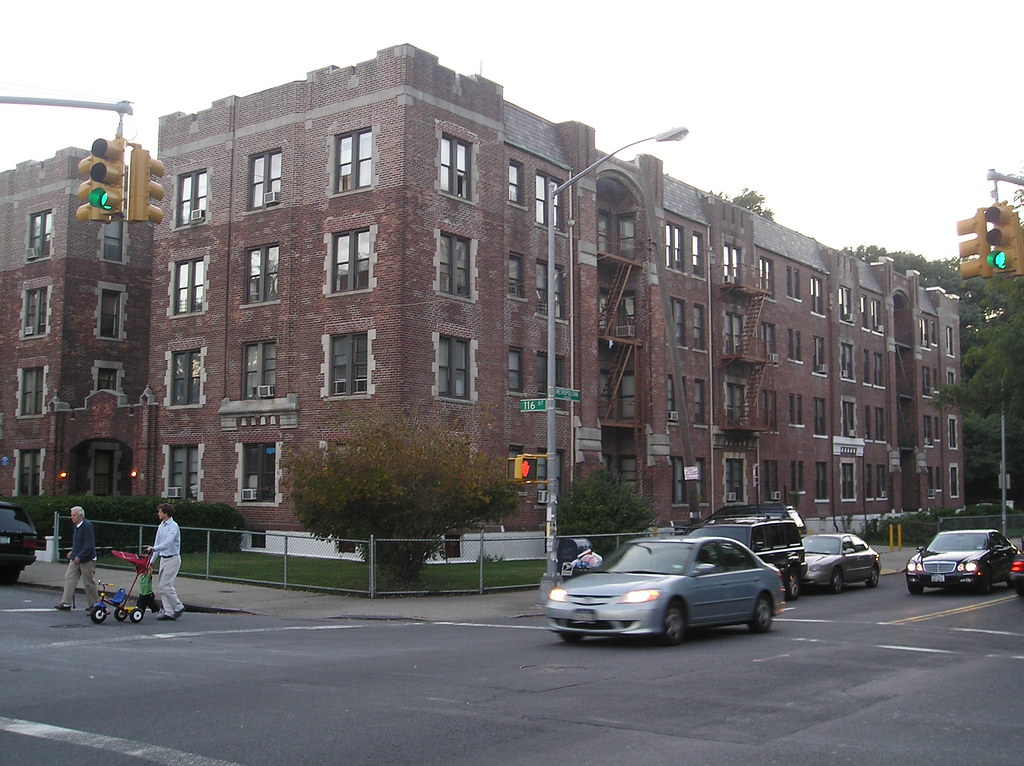
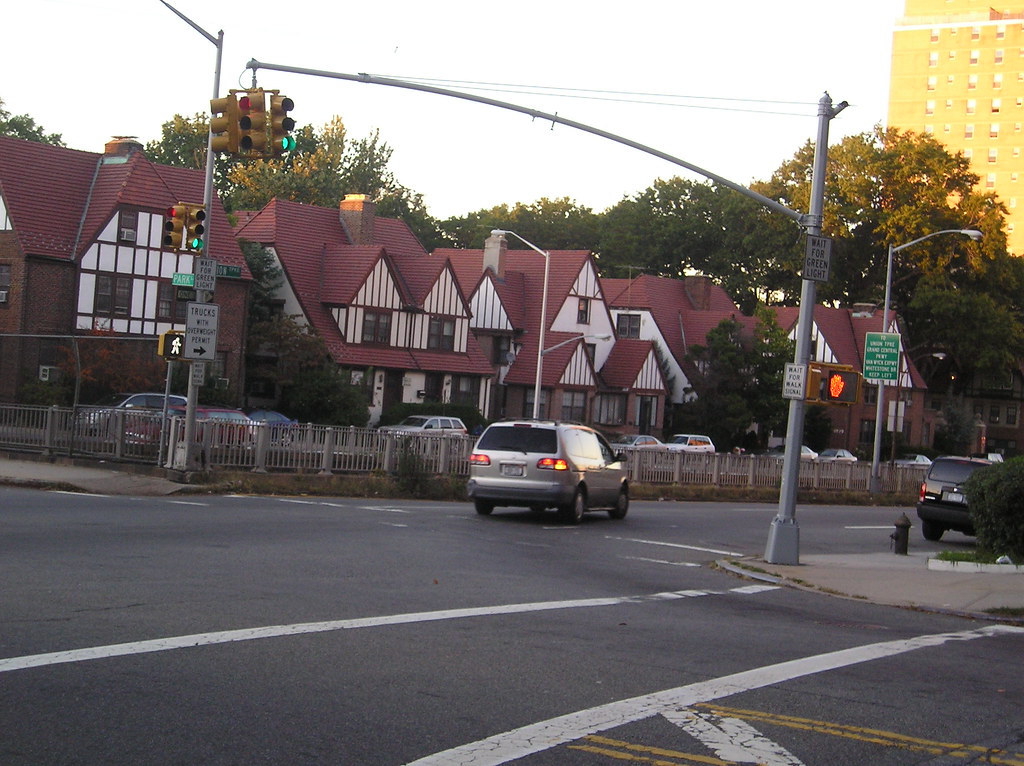
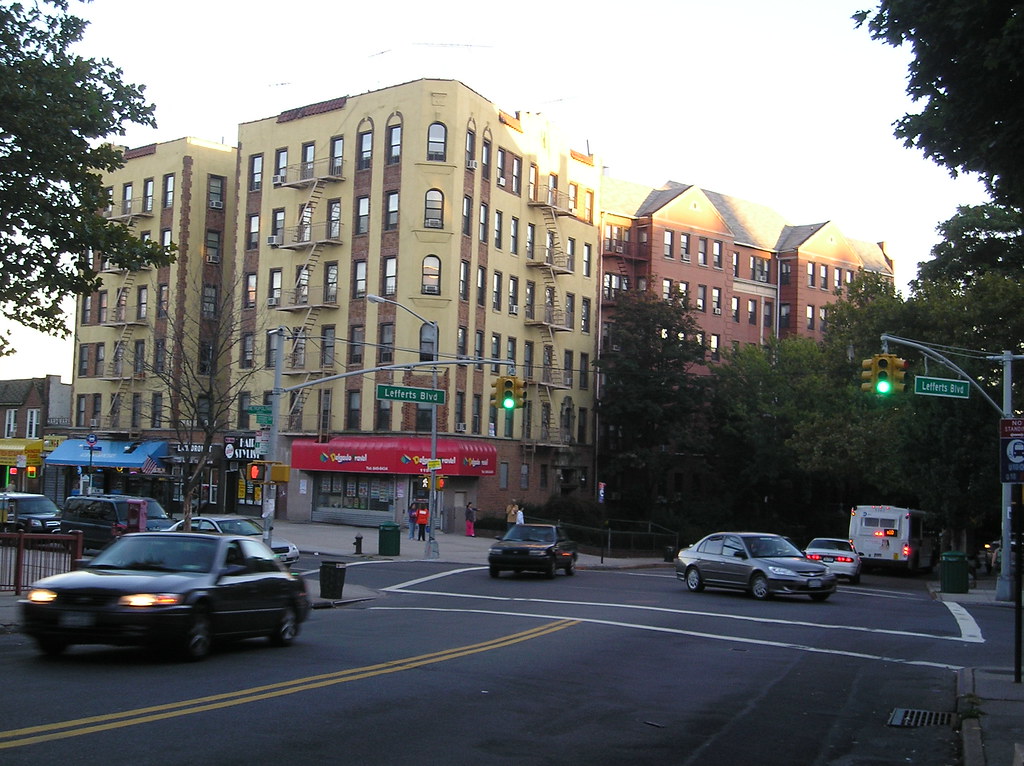
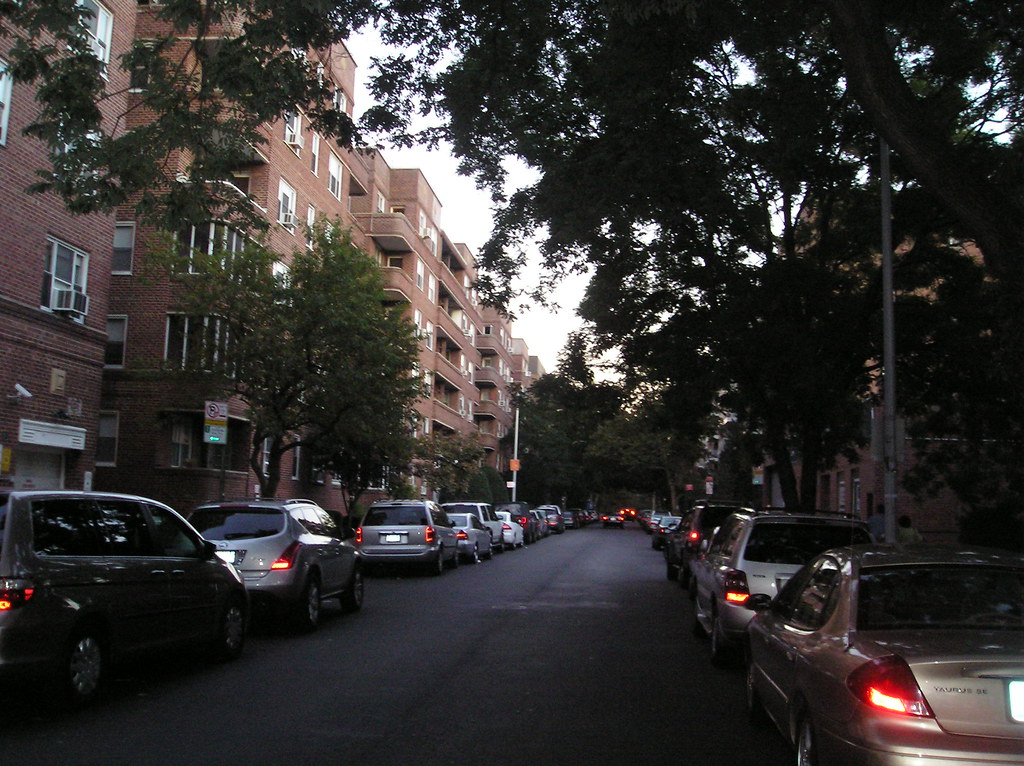
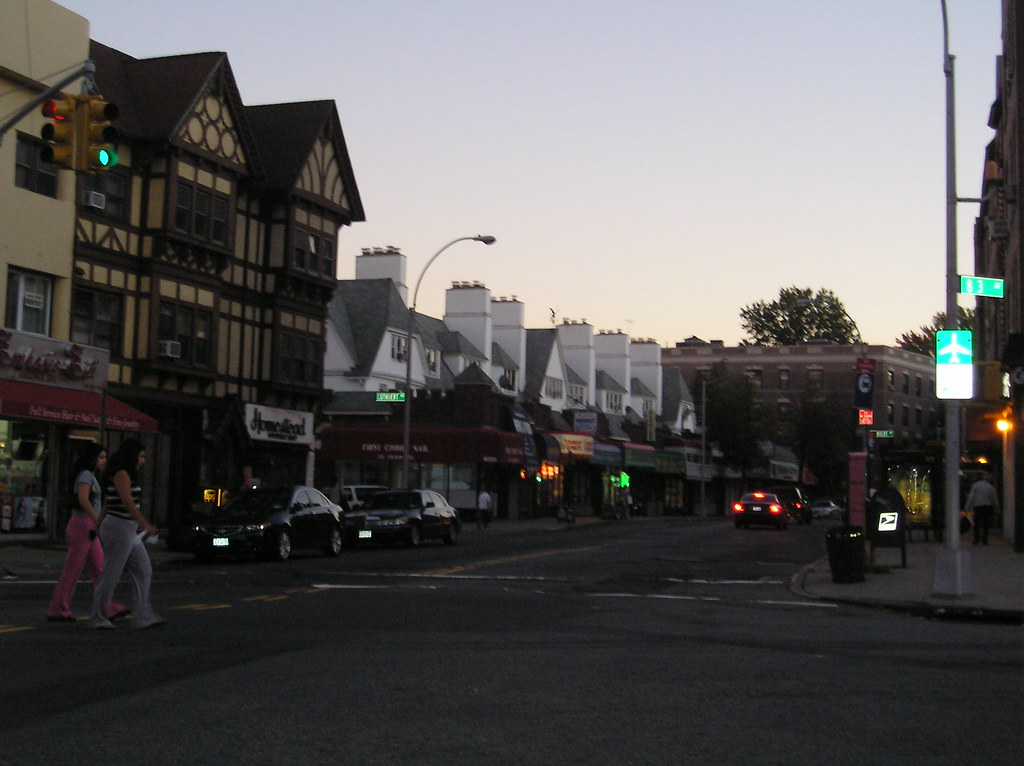
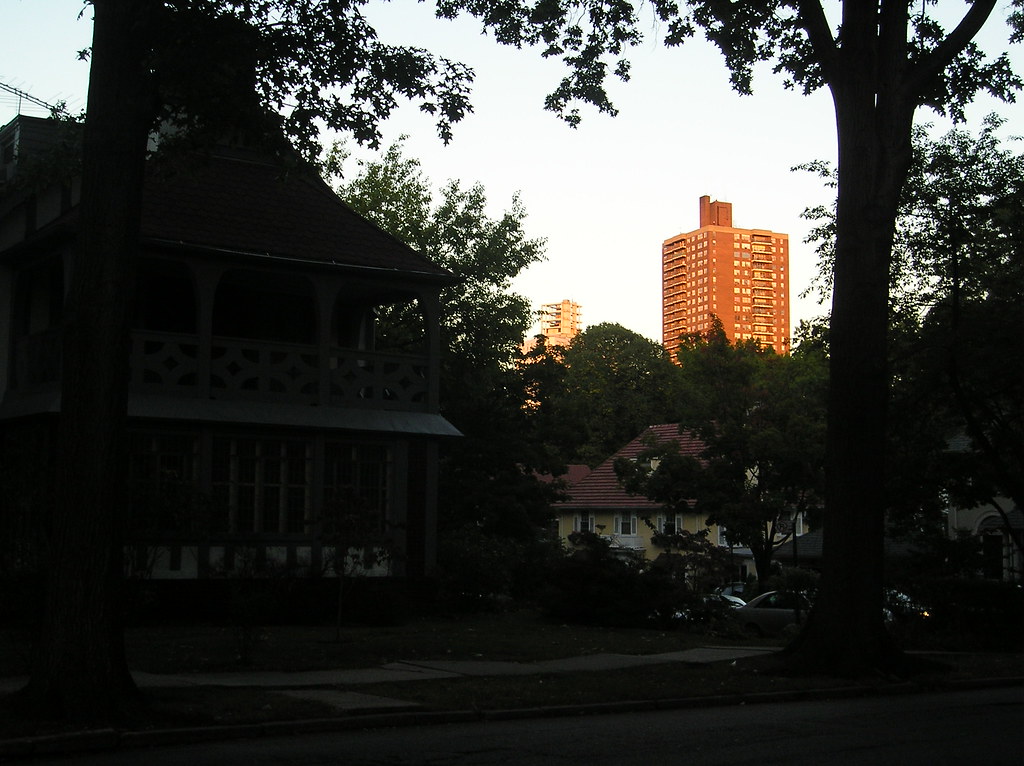
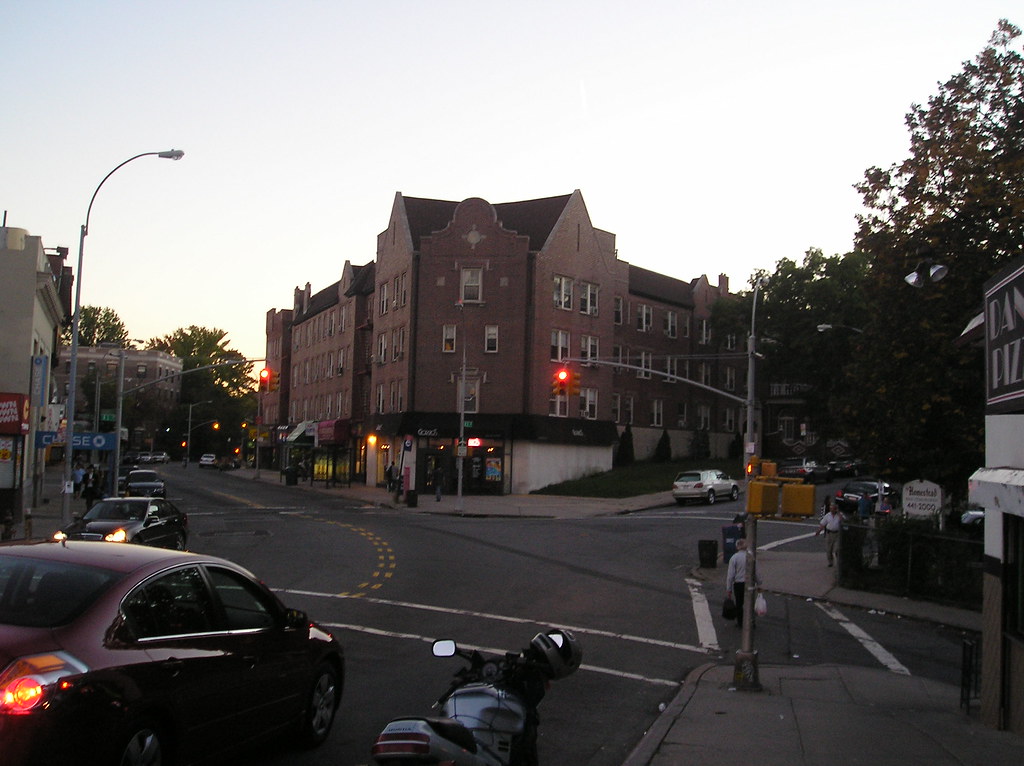
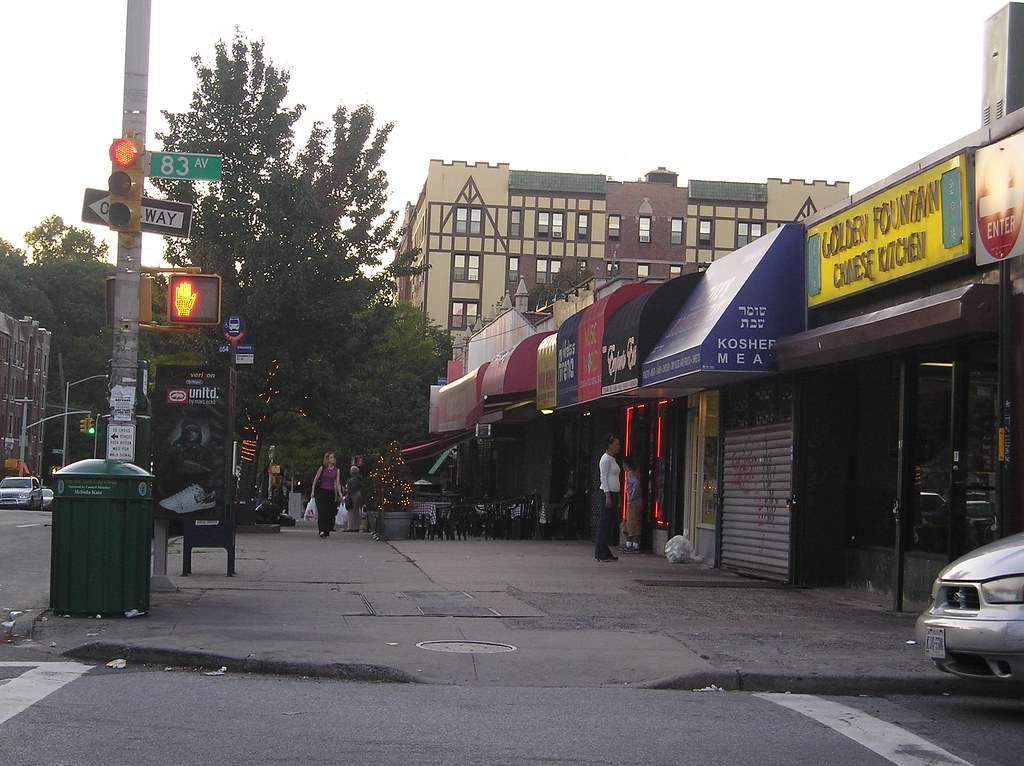
__________________
Brooklyn: The Motherland.
|